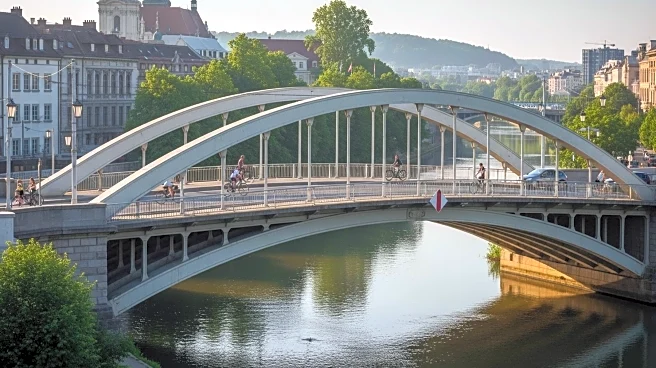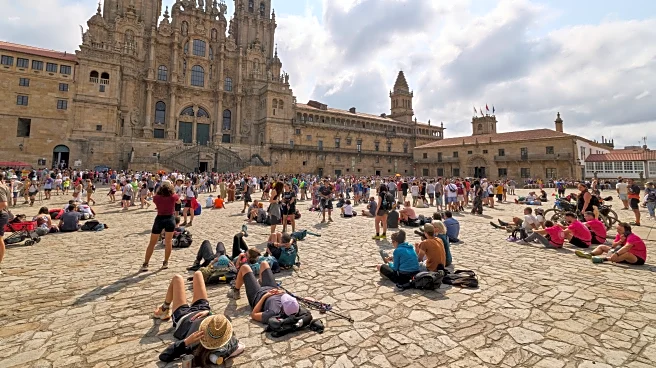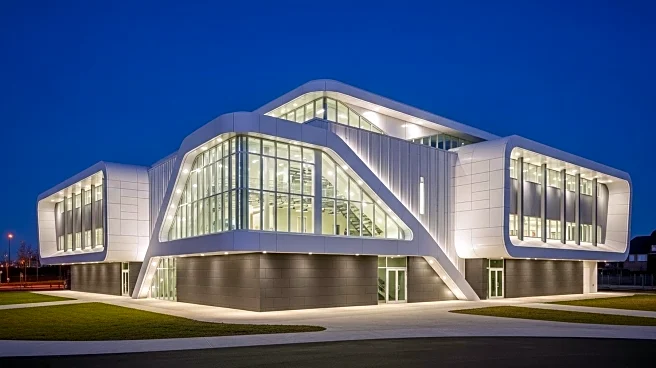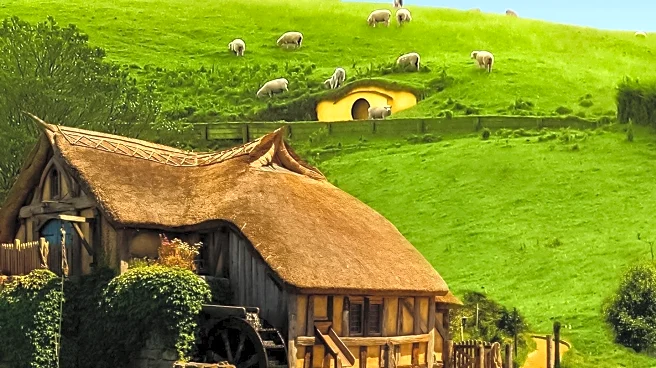What is the story about?
What's Happening?
Cornwall Council is conducting a consultation aimed at improving access to public rights of way, which includes over 2,796 miles of footpaths, by-ways, and bridleways. The initiative seeks to enhance safety and accessibility, potentially attracting more tourists to explore the countryside. The West Cornwall Footpath Preservation Society has highlighted issues such as missing signage and overgrown paths that deter walkers. The council aims to identify areas for resource allocation to encourage walking, which could also benefit health and well-being. The consultation is set to conclude on September 28.
Why It's Important?
Improving public rights of way in Cornwall could significantly impact local tourism by making the countryside more accessible to visitors. This initiative not only aims to boost the local economy through increased tourist activity but also promotes health and well-being by encouraging walking as a form of active travel. The potential for increased funding from various sources could lead to sustainable improvements in infrastructure, benefiting both residents and visitors. The focus on accessibility aligns with broader public health goals and environmental sustainability.
What's Next?
Following the consultation, Cornwall Council will assess feedback and explore funding opportunities to implement improvements. Stakeholders, including local walking groups and environmental advocates, are likely to engage in discussions about prioritizing areas for development. The council's commitment to enhancing public rights of way may lead to partnerships with tourism boards and health organizations to maximize the benefits of the initiative.
Beyond the Headlines
The consultation reflects a growing trend towards integrating tourism with health and environmental sustainability. By improving public rights of way, Cornwall Council is addressing not only economic growth but also the cultural and social dimensions of community well-being. This approach may serve as a model for other regions seeking to balance tourism with ecological preservation and public health.
AI Generated Content
Do you find this article useful?














